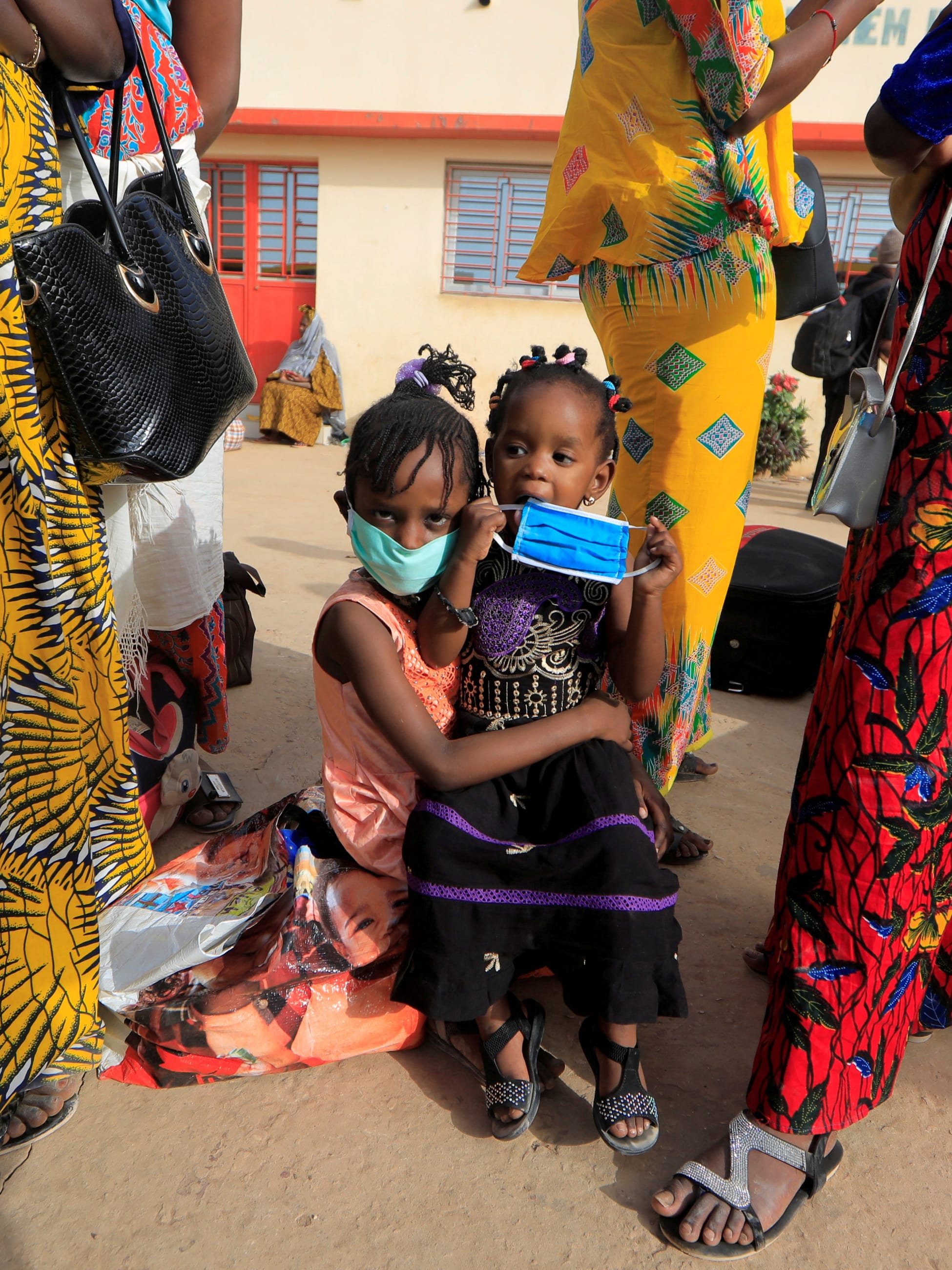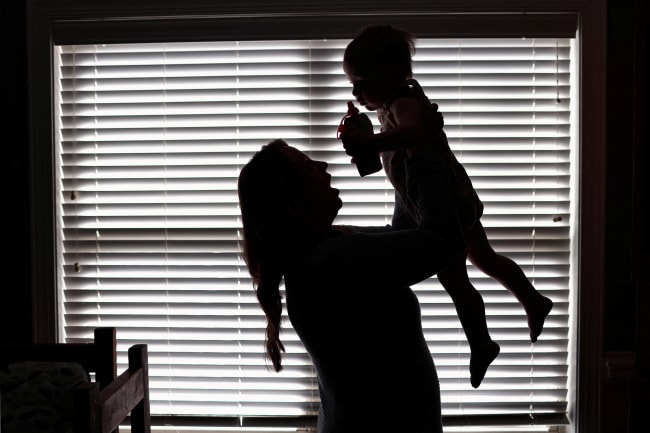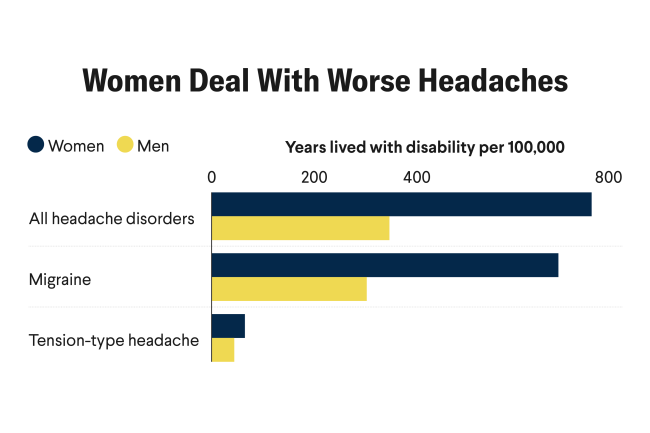The world has come a long way in giving men and women equal access to education. In the majority of countries today, young women now attain more years of schooling than young men, a stark contrast to just a few decades ago. But COVID-19 is threatening to unravel much of this progress.
A year into the pandemic, the impacts on schooling have been profound. Two billion people are enrolled in formal education around the world, but during the peak of lockdowns in April 2020, over 80 percent of these learners were out of school. Hundreds of millions of children are still not attending in-person education even today. Further, many of them are receiving no instruction whatsoever or are attempting to learn remotely without adequate resources. These disruptions have already caused a substantial loss of learning in areas like reading and math during the pandemic, and the UNESCO Institute for Statistics has estimated that as many as 100 million children are expected to fall behind minimum standards in these fundamental skills.
As many as 100 million children are expected to fall behind minimum standards in fundamental skills
Returning to school and getting back on track may prove particularly difficult for girls. Researchers have estimated that as many as 20 million girls will not be able to start school again due to increased social and economic stressors, and other challenges stemming from the pandemic. Increased exposure to gender-based violence in the home, disruptions to contraception and reproductive health care, and increases in child marriage are particularly troubling implications of the pandemic that can impact the schooling of girls.
COVID-19 is not the first public health crisis to affect female education. During the Ebola outbreaks in sub-Saharan Africa, a lower share of girls returned to school than did of boys, and many experts are concerned that the COVID-19 pandemic will play out in a similar fashion.
But gaining a full understanding of the pandemic's impact on schooling will be challenging. There is frustratingly little good data about children's return to school during COVID-19. Household surveys and censuses that are typically used to monitor educational attainment take years to compile, lagging too much to show abrupt changes quickly, and the pandemic disrupted many of these data collection efforts, further delaying them. Rapidly produced reports from government agencies or NGOs often do not provide information categorized by gender.

Researchers are developing new and promising avenues of collecting data, however, including surveys administered via smartphone apps and other non-traditional platforms. These provide some early indications about how the pandemic is playing out in a gendered fashion.
Among millions of U.S. adult Facebook users surveyed in February through the U.S. COVID-19 Symptom Survey conducted by Carnegie Mellon University's Delphi Research Group, for example, men and women were equally likely to report that their children have returned to school. This was true both when children were attending school in-person full-time or part-time. Among families participating in distance learning, however, important gender gaps are emerging. Eleven percent of women reported their children do not have reliable access to a computer and the internet, compared to 7 percent of men. The contrast was more pronounced among single-adult households; 16 percent of women who are the only adult in their household reported that their children don't have good access.
In-School and Remote Learning Among U.S. School Children
More women than men report their children do not have reliable access to a computer and the internet
In the United States it is too early to tell definitively if gaps between girls and boys in school will be similar to those seen among female and male parents. But these early data tell us that even in a high-income country where women have largely overtaken men in schooling, we must pay attention to gender to understand the pandemic's effect on education.
Gaps in Years of Schooling Among Women and Men
Estimated difference in educational attainment between women and men age 25-29
Along the same lines, a recent survey in India found that men owned 71 percent of cellphones found in homes, and they were much more likely to share them with their male children than female children. Boys were nearly 50 percent more likely to report having access to a cellphone than girls in the same households. These studies remind us that the empowerment of girls through education continues to be intimately linked to wider gender attitudes held by their parents.
Investments in gender-tailored interventions can help to ensure that girls continue to learn remotely and are re-enrolled in schools when they reopen. These include policies such as ensuring that schools have separate and adequate bathrooms, comprehensive sexual education and free contraception, banning child marriage, and promoting and subsidizing girls' access to cellphones and learning materials in the home. Other tactics like eliminating school fees, increasing compulsory years of schooling, and providing stipends and food at school have been shown to be particularly important for girls in lower-income families.
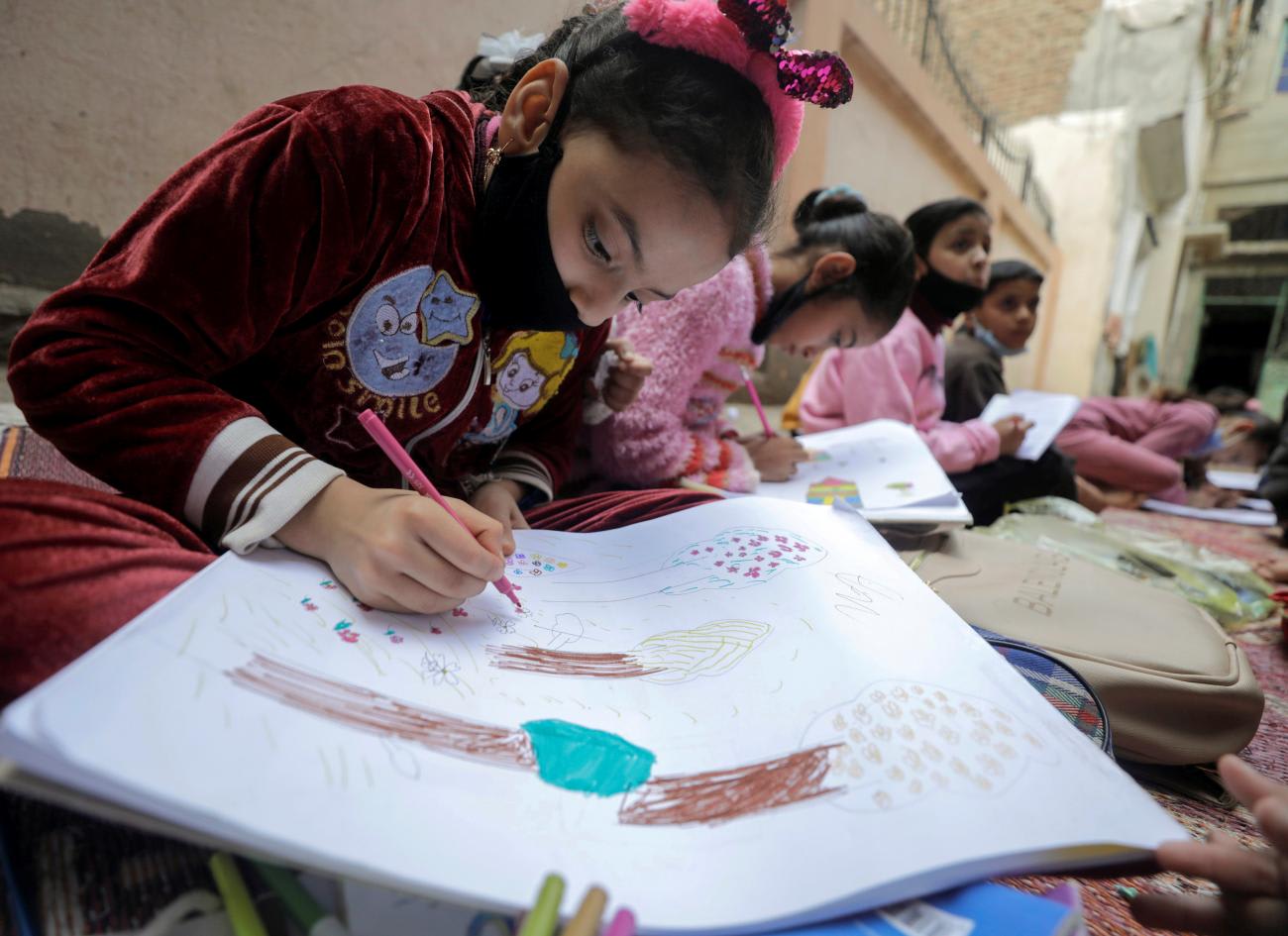
Of course, these policies must be coupled with effective monitoring to track gender gaps in schooling as they emerge and address them quickly. This monitoring will require investments in rapid data collection and analysis. During the pandemic, new forms of rapid and even daily data-reporting have been pioneered for tracking COVID-19 cases and deaths; rapid-data about schooling must be similarly prioritized, including information categorized by gender, as well as race/ethnicity, income level, and migration status, where possible.
Growing disparities in education for girls and women could ripple outward into other aspects of wellbeing. We know that a person's education is one of the most important factors influencing their income and social mobility later in life. That is why investments in helping girls return to school will have immense benefits for decades to come.
Investments in helping girls return to school will have immense benefits for decades to come
Despite the challenges of the COVID-19 pandemic, there is also cause for optimism. As recently as 1980, boys received more schooling than girls in every major world region, but the past few decades have seen a stunning reversal of this trend. Yet in a number of countries—especially in sub-Saharan Africa and North Africa and the Middle East—women's schooling lagged considerably even before the pandemic. In those locations, proactive monitoring and interventions to encourage and facilitate return-to-school among girls will be even more important.
Still, many girls surveyed in those countries are just as likely as boys to report that they intend to return to school. The global health community must do everything in its power to equip them with the resources they need to do so, to learn, and continue to thrive now and in the post-pandemic recovery period.
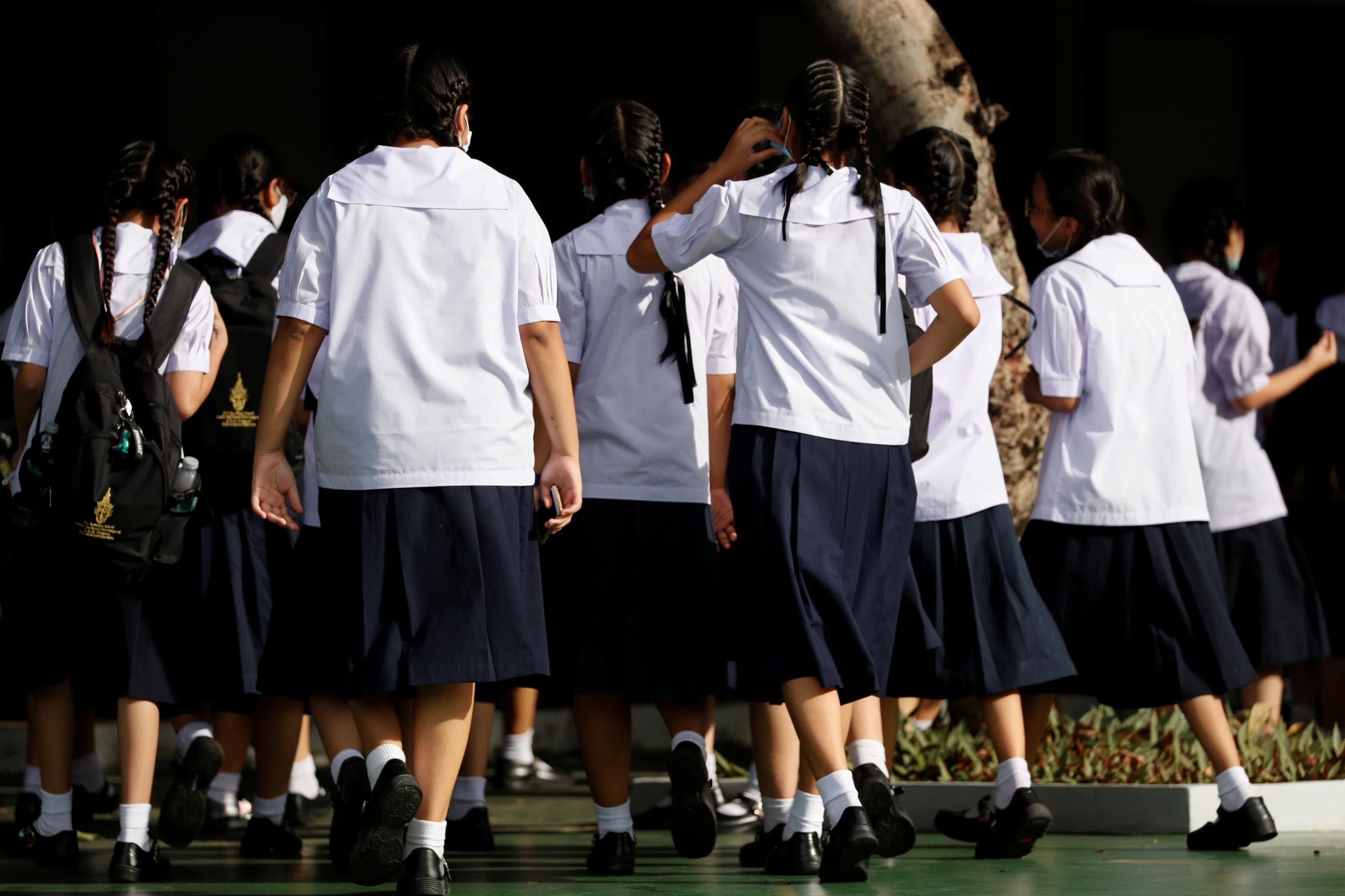
In the absence of quality data that allow disaggregation by gender, we utilize data that disaggregate by sex, with the understanding that outcomes for people outside the gender binary are often less equitable than they are for cis women or men.
EDITOR'S NOTE: This research is based in part on survey results from Carnegie Mellon University's Delphi Research Group.
Some authors are employed by the University of Washington's Institute for Health Metrics and Evaluation (IHME). IHME collaborates with the Council on Foreign Relations on Think Global Health. All statements and views expressed in this article are solely those of the individual authors and are not necessarily shared by their institution.
